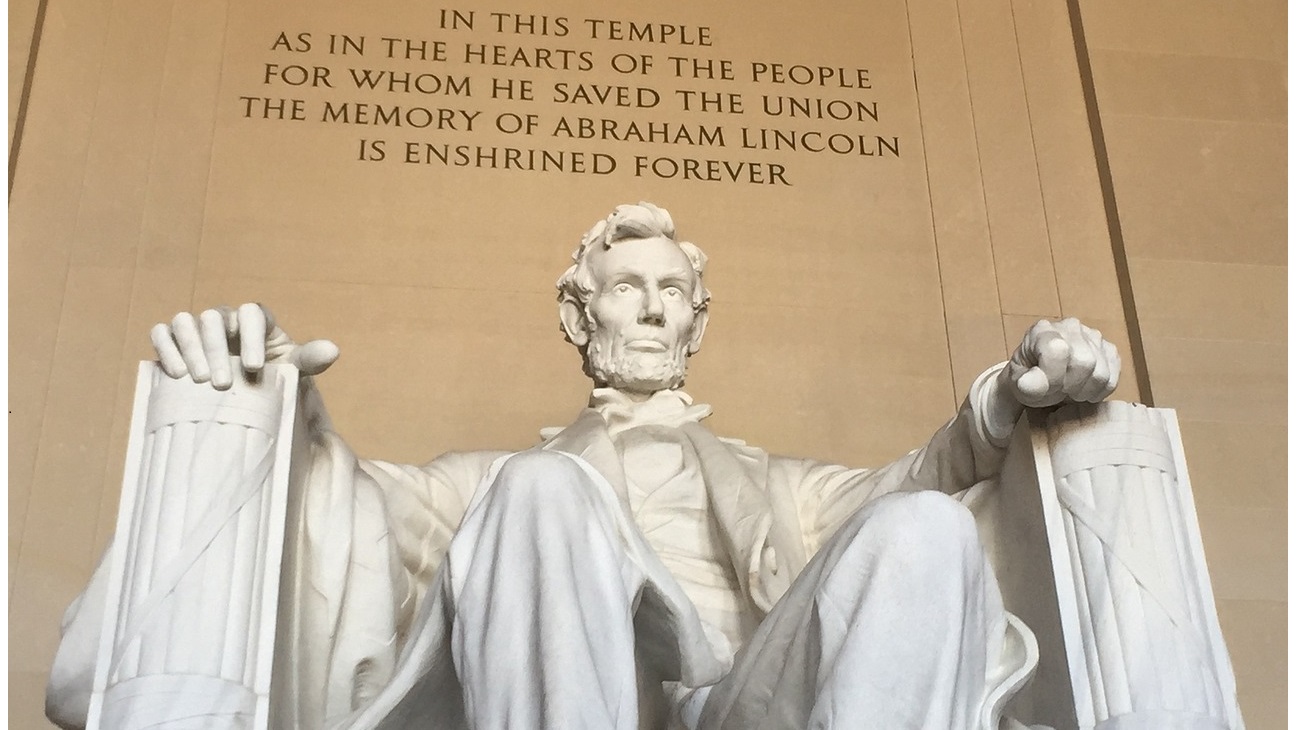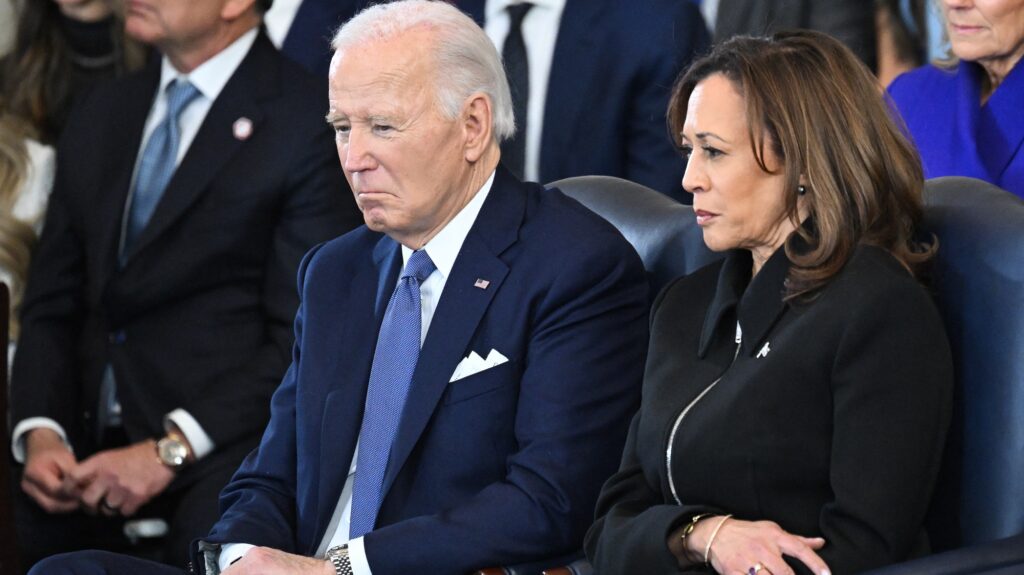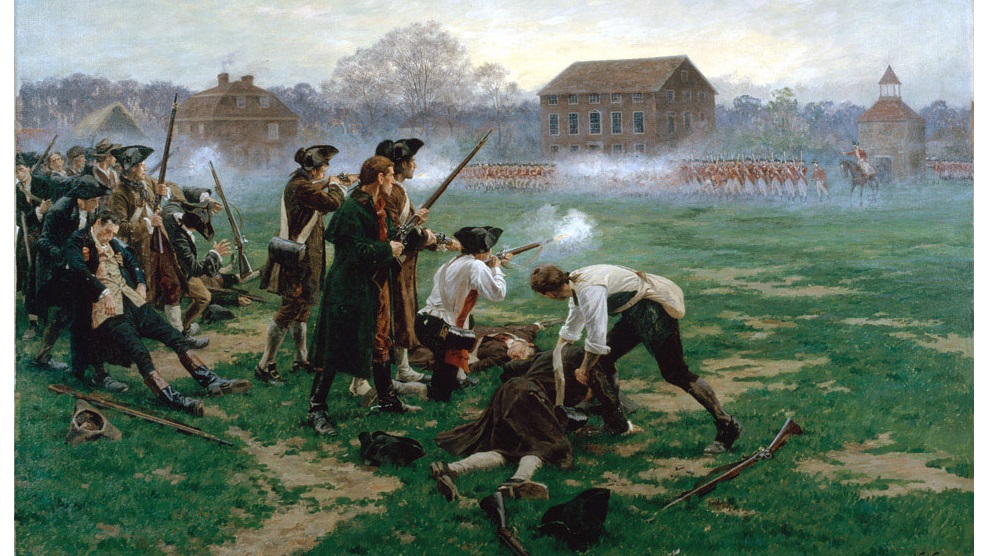The 60th quadrennial presidential election in the United States is in 10 weeks, less than three months away. As the campaign season is heating up, let’s take a look at the very consequential election of 1860, which prompted the secession of 11 Southern slave states, which, in turn, led to the outbreak of the American Civil War.
Since 1824, the last election we covered, another major political party had collapsed by 1860. The Whig Party, a loose coalition of politicians in ideology mainly held together by their opposition to President Andrew Jackson and his new Democratic Party, won two presidential elections: in 1840 and in 1848. However, since both of their elected Presidents, William Henry Harrison and Zachary Taylor, died in office, the party ended up giving the country four presidents—with John Tyler being expelled from the party shortly after taking office after President Harrison’s death.
After 1852, however, when Democrat Franklin Pierce defeated Winfield Scott, the Whigs never fielded a presidential candidate again. The party’s anti-slavery wing morphed into the Republican Party, the party still in contention for the White House and a majority in the House of Representatives today. Their very first presidential candidate was John C. Frémont, a former Senator from California in 1856; and their first official party platform called for federal funds to build a transcontinental railroad system, an opposition to polygamy by Mormons in Utah territory, and, the most important of all, an opposition to the spread of slavery in new US territories and states.
Slavery was by far the most crucial issue on voters’ minds in the 1860 election.
In 1854, President Pierce signed into law the Kansas–Nebraska Act, allowing the two new states to determine by ‘popular sovereignty’ whether they would join the Union as a free state or a slave state, and not by the geographical divide outlined in the Compromise of 1820. This law had violent consequences.
Both pro-slavery and abolitionist masses came to Kansas, trying to tip the popular vote in their favour—and oftentimes committing violent atrocities against each other. This ‘prelude’ to the American Civil War is known as ‘Bleeding Kansas’.
When the 1860 presidential election came around, the young Republican Party was able to get enough consensus to nominate one of their more moderate major figures, Abraham Lincoln, a former Whig representative from Illinois. Lincoln was not an abolitionist himself, but he wanted to see a stop to the spreading of slavery into new states.
The Democrats, however, were not able to find a consensus candidate of their own, which resulted in the party’s split into a Northern Democratic Party and a Southern Democratic Party. The Southern Democrats even found the notion of popular sovereignty too lenient, and wanted to make sure that ‘the rights of slave owners’, as they put it, were protected in every state of the Union. Northern Democrats nominated Illinois Senator Stephen Douglas, who ran against Abraham Lincoln in the 1858 Senate election in the state, and even engaged in a series of highly publicized debates against him. The Southern Democrats picked incumbent Vice President John C. Breckinridge from Kentucky, the youngest VP in American history, as their nominee.
The American Presidential Election of 1860
The Ultimate American Presidential Election Book: Every Presidential Election in American History (1788-2020) is now available! https://amzn.to/3aYiqwI Mr. Beat's band: http://electricneedleroom.net/ Mr. Beat on Twitter: https://twitter.com/beatmastermatt Help Mr. Beat spend more time making videos: https://www.patreon.com/iammrbeat The 19th episode in a very long series about the American presidential elections from 1788 to the present.
To make matters even more complicated, the newly founded Constitutional Union party also gained considerable national support. Their ticket was led by former Tennessee Senator John Bell, who ran on the campaign motto ‘The Union as it is, the Constitution as it is’.
The people of the United States were fired up to vote in this election. And by then, they were able to do so in almost every state, with all except South Carolina choosing their electors by popular vote, and the requirement of property ownership being eliminated.
This led to a whopping 82-per-cent turnout, a number unimaginably high today,
and only bested by the 1876 election.
Another rarity occurred as well: Stephen Douglas was the first to give up the Washingtonian tradition of not campaigning for office personally, and went on to road to make public appearances across the country. Since—spoiler alert—he did not win, this did not become common practice in the US until the early 20th century.
Abraham Lincoln, however, did win the election, getting 180 electoral votes and 39.8 per cent of the popular vote. Douglas got the second most in the popular vote, 29.5 per cent, but only the fourth most electoral votes, 12. Breneridge finished second with 72 electoral votes and 18.1 per cent of the popular vote; while Bell finished third, with 39 electoral votes and 12.6 per cent of the popular vote.
Lincoln not only did not win a single state in the South, he did not even get on the ballot in most of them. Needless to say, the Southern leadership was not happy with the results. President-elect Lincoln did everything to convince them that he was not trying to outlaw slavery, he just wanted to prevent it from spreading within the Union. The fact that he had true abolitionists, such as Secretary of State William Seward and Secretary of the Treasury Salmon P. Chase, in his cabinet did not help his case.
By the time he took office in March 1861, seven Southern states had declared their secession from the Union.
Four more followed suit by June, forming the Confederate States of America.
In April 1861, Confederate forces fired upon Union soldiers in Fort Sumter, South Carolina after they refused to give up their post. Thus, the American Civil War broke out, and it was up to President Lincoln, the first Republican president in US history, to save the Union from dissolving.
Related articles:








